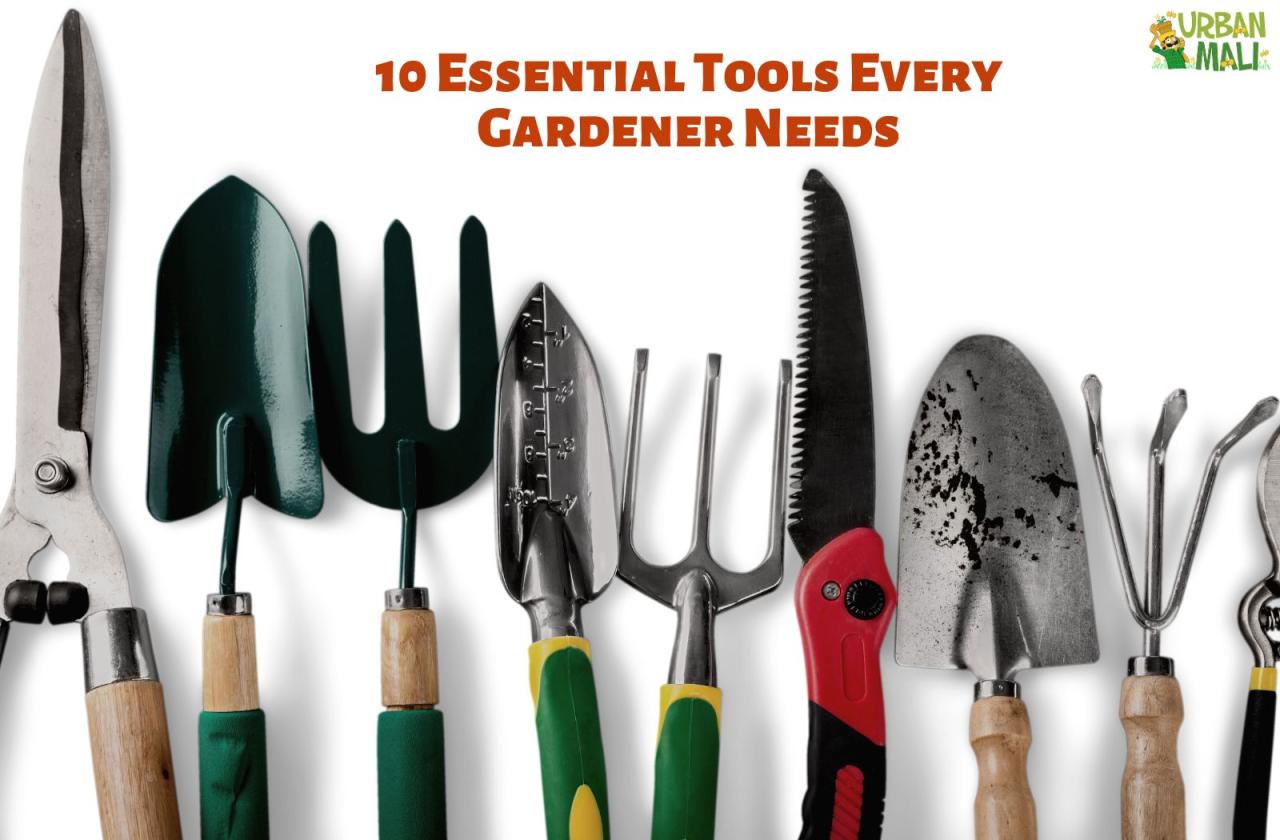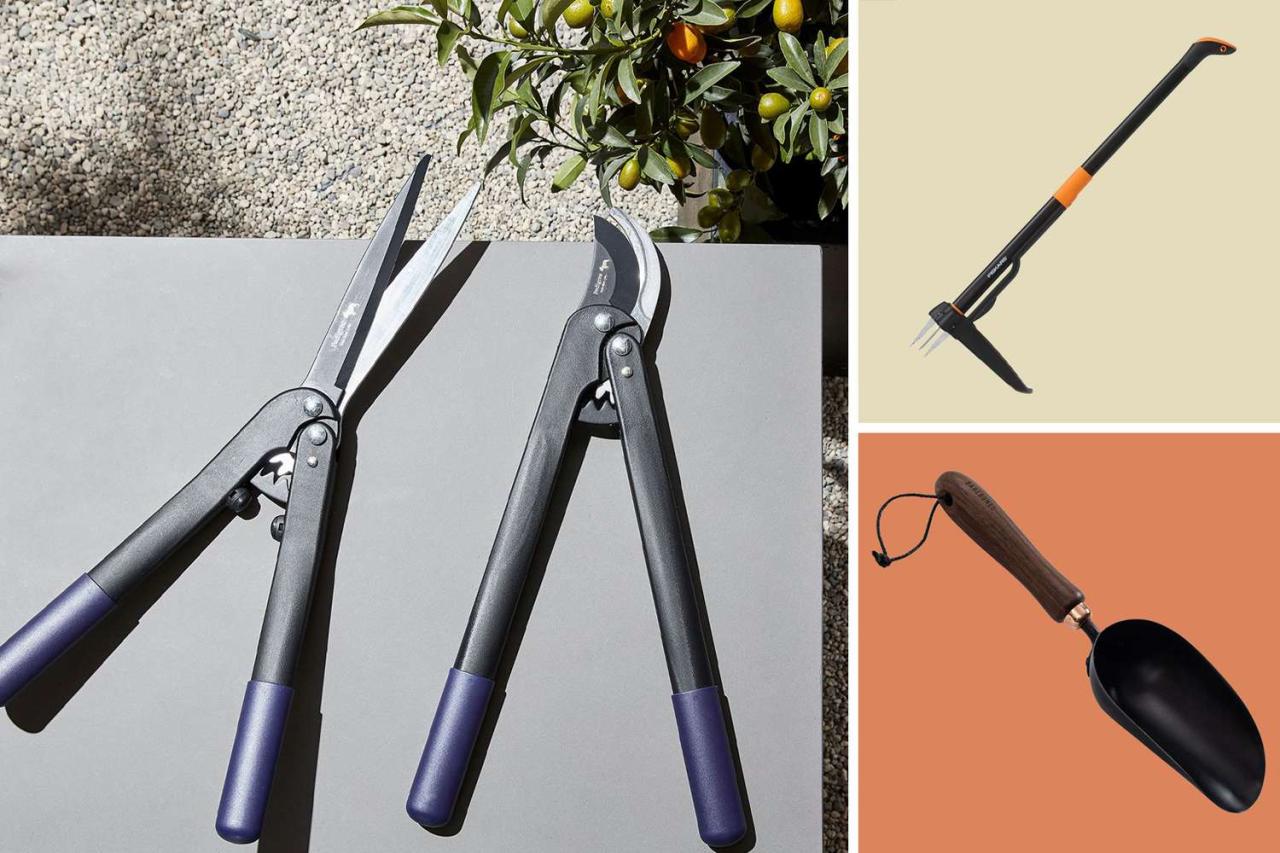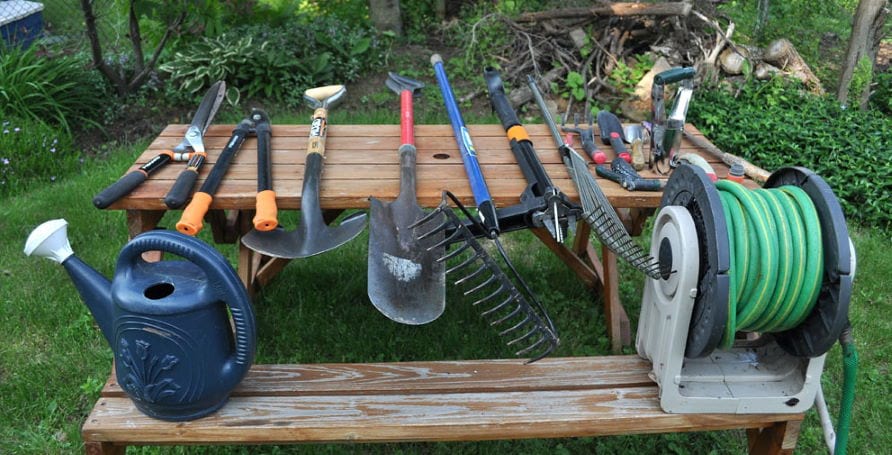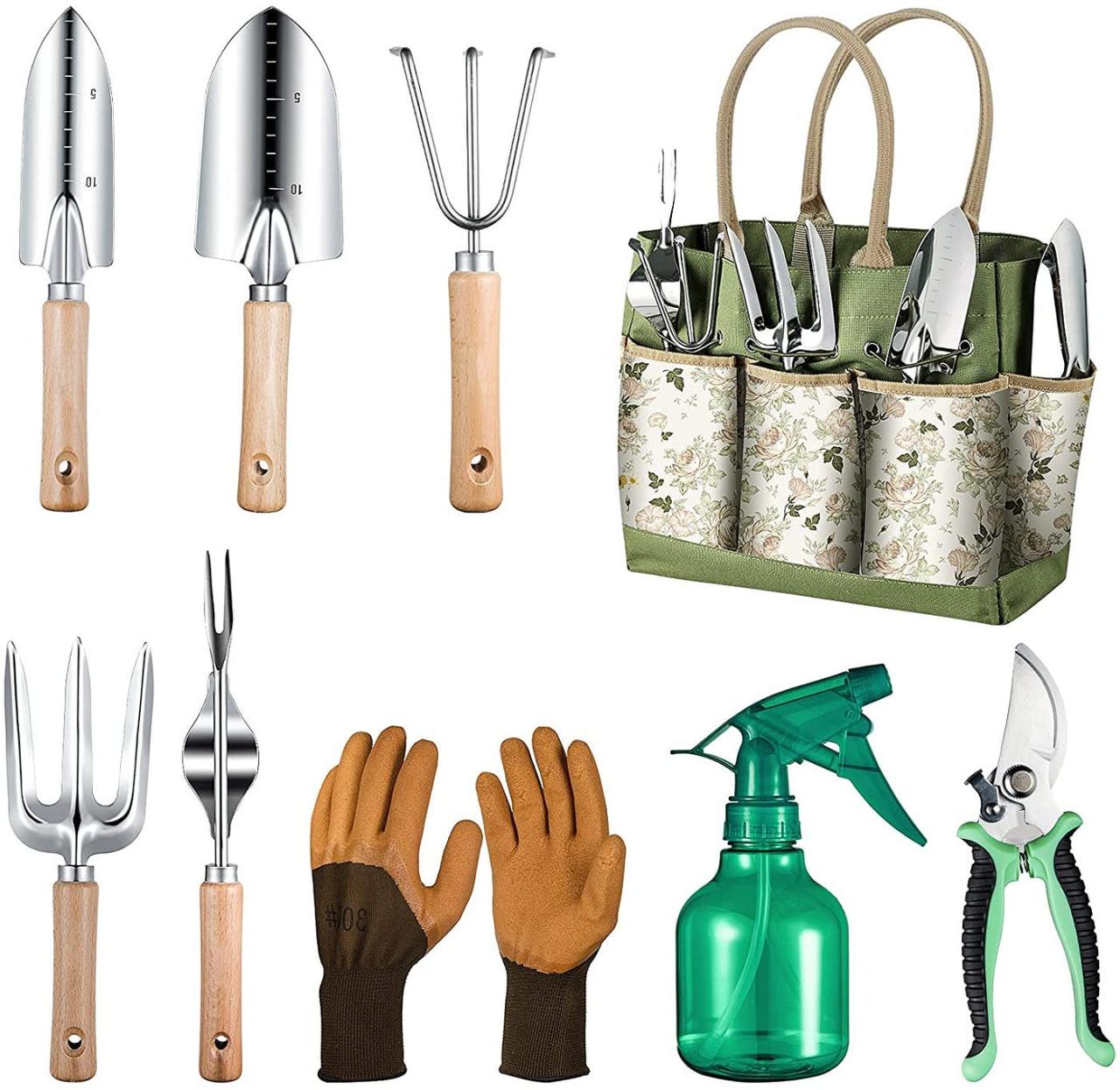Garden Tool Maintenance 101: Tips for Longevity and Efficiency
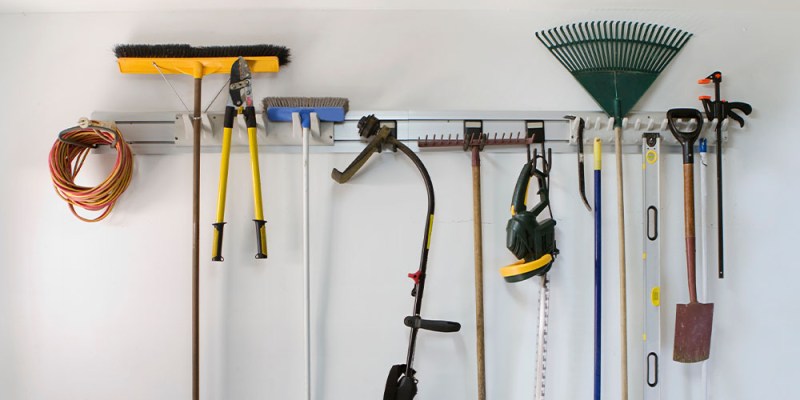
Garden tools are the unsung heroes of every gardener’s arsenal, enabling the creation and maintenance of lush green spaces. Proper maintenance not only prolongs their lifespan but also enhances their efficiency, making gardening tasks more manageable and enjoyable. Here are essential tips for maintaining your garden tools:
1. Cleaning:
After each use, clean tools to remove dirt, debris, and moisture. Use a stiff brush or cloth to wipe off soil and residue. For sticky sap or stubborn dirt, consider soaking tools briefly and then scrubbing them clean. Dry tools thoroughly to prevent rust and corrosion.
2. Sharpening:
Regularly sharpen blades and cutting edges using a file or sharpening stone. Sharp tools make clean cuts, reducing strain on plants and ensuring efficient and precise pruning or cutting. Dull tools not only require more effort but also risk damaging plants.
3. Rust Prevention:
Prevent rust by keeping tools dry and storing them in a cool, dry place. Apply a light coat of oil or lubricant to metal parts after cleaning to create a protective barrier against moisture and oxidation.
4. Handle Care:
Inspect wooden handles for cracks or splinters. Sand rough spots and apply linseed oil or wood preservative to protect and maintain their integrity. For tools with plastic or rubber handles, clean them with mild soap and water to prevent deterioration.
5. Storage:
Store tools in a clean, dry area away from direct sunlight and moisture. Hang tools or store them in a tool shed, garage, or designated storage area to prevent damage and prolong their lifespan.
6. Lubrication:
Periodically lubricate moving parts, such as hinges or pivot points, with a light oil or silicone spray. Lubrication keeps tools functioning smoothly and prevents them from seizing up due to rust or debris.
7. Tool Inspection:
Regularly inspect tools for damage or wear. Replace worn-out parts, such as blades, springs, or screws, to maintain tool efficiency and safety. Addressing issues promptly prevents further damage and ensures safer operation.
8. Tool-Specific Care:
Different tools may require specific care. For example, clean and oil wooden handles, disinfect cutting tools after pruning diseased plants, and periodically check the tension and alignment of cutting tools for optimal performance.
9. Protective Gear Maintenance:
If using protective gear like gloves or kneepads, clean and dry them after use to prevent odors or deterioration. Inspect for tears or damage and replace them as needed to maintain comfort and protection.
10. Regular Maintenance Schedule:
Create a routine maintenance schedule for your tools. Consider a monthly inspection and cleaning, with additional maintenance tasks as needed based on tool usage and environmental conditions.
By incorporating these maintenance practices into your gardening routine, you’ll not only extend the life of your tools but also ensure they perform at their best, making gardening tasks more efficient and enjoyable. Remember, a little maintenance goes a long way in preserving the integrity and functionality of your trusted garden companions.

